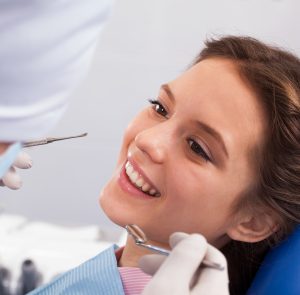
When it comes to re-creating a patient’s smile, it is not as simple as placing veneers or crowns on teeth that are whiter and brighter than the patient’s existing dentition. The smile is an important reflection of oneself and communicating a variety of emotions to those around us, and it is unique to each person.
Therefore, many factors must be carefully considered and evaluated in creating a smile that is esthetically pleasing to the doctor and the patient. And even with digital technology having a widespread effect on so many things, including restorative dentistry and allowing for digital simulations of a patient’s final smile, there are many factors and principles that the treating doctor must evaluate.
Creating an ideal smile may require orthodontics, orthognathic surgery, periodontal surgery, cosmetic dentistry, oral surgery, and plastic surgery. Likewise, it cannot be stressed enough that if indirect restorations are a part of the final treatment plan, involving the dental technician that will be doing the final restorations, should be consulted early in the process as they can bring an invaluable component to helping the clinician and patient achieve the desired final result.
One of the most important parts that must consider before any treatment is begun is the clinician must take the time to discuss and discover the patient’s chief complaint and concerns and whether they can achieve or succeed the patient’s desired final result. After a thorough review of the patient’s medical and dental history, a comprehensive dental examination is completed, including proper radiographs, evaluation of the muscles and temporomandibular joint (TMJ). When it comes to restorative dentistry that involves the significant dental treatment, including the patient's smile, it is essential to have proper documentation to achieve a proper diagnosis.
This will include proper photos taken with a digital SLR camera with a macro lens that includes: full-face photos; 1:2 lip at rest or repose photos; anterior and lateral photos and video of the patient smiling naturally, dynamically, as well as an exaggerated smile; 1:2 retracted anterior and lateral views; retracted views occlusal; 1:1 retracted views of the anterior dentition.
The clinician should also obtain impressions (whether digital or analog) and a face bow, and a bite registration in CR (centric relation) so that the case can be properly mounted and articulated on a semi-adjustable articulator. All of this critical information for the clinician to properly evaluate, review, treatment plan and thus, treat the patient appropriately and effectively.
© Copyright 2024 newmarketdentalhealth.com All rights reserved.
Website Designed By: Alltoit Technology